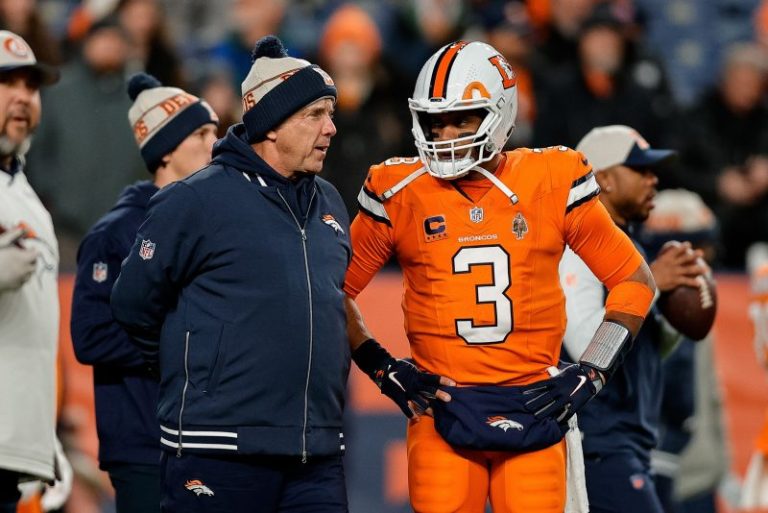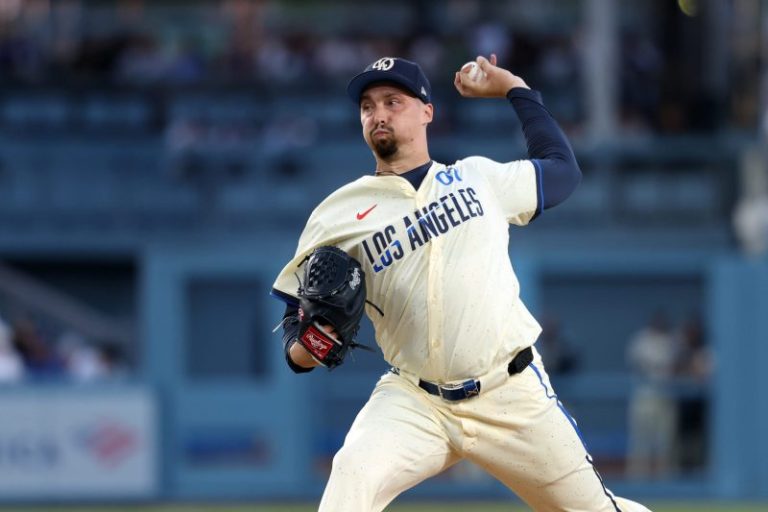Volatility punctuated the global lithium market during the third quarter of 2025, as prices, supply/demand dynamics and geopolitics converged to reshape the landscape.
After slipping to a four year low at the end of June, benchmark lithium carbonate prices rallied through July to reach an 11 month high of US$12,067 per metric ton on August 21. However, the momentum proved unsustainable and prices slipped shortly thereafter, ending the three month session at US$11,185.89.
According to Fastmarkets, the surge was driven by rumors that Australian producers Mineral Resources (ASX:MIN,OTC Pink:MALRF) and Liontown Resources (ASX:LTR,OTC Pink:LINRF) might scale back supply.
Both companies denied the reports, and analysts have suggested that even if such reductions were implemented, they would do little to rebalance the current surplus in the lithium market.
“The nascency of the lithium market means that it is prone to be led by sentiment,” Fastmarket’s Claudia Cook wrote in a July update. “However, with healthy inventory levels and continued ramp-up of production, the reported supply cuts, even if they proved true, may not be enough to dip the market into a deficit.”
US policy uncertainty also weighed on sentiment. The Trump administration’s bill to roll back electric vehicle (EV) tax credits, alongside tariff concerns and a perceived retreat from the Inflation Reduction Act, rattled investors.
The repeal had the potential to spur a short-term rush in EV purchases, although liquidity in North America remains thin, and the medium-term outlook has turned bearish, Cook noted.
Elsewhere China’s fair competition policy — intended to curb market monopolies and prevent below-cost dumping — stirred speculation across the lithium supply chain. Though the directive primarily targets downstream industries, traders are watching closely to see whether it will ripple upstream and influence pricing dynamics.
Oversupply expected to meet rising lithium demand
The largest undercurrent for the lithium market is excessive supply. Since 2020, mined output has climbed 192 percent from 82,000 metric tons to 240,000 metric tons in 2024, as outlined by the US Geological Survey.
As supply grew, demand was unable to keep pace, leading to a mounting glut that has weighed on prices.
“While futures activity can catalyse short-term price movements, beneath the surface demand remains tepid, inventories high and buyers cautious, underscoring a disconnect between price action and market reality,” Paul Lusty, head of battery raw materials at Fastmarkets explained in a September update. “We expect continued price instability in the near term with potential for further corrections unless meaningful supply disruptions materialise.”
The supply increase was anticipated to satiate a growing appetite for EVs that has yet to fully materialize.
The EV boom has fueled strong long-term growth forecasts for lithium, but the market is now facing a sharp imbalance. Global EV sales climbed past 17 million units in 2024 and are projected to top 20 million in 2025, yet a 22 percent surge in mined supply last year has outpaced demand, pushing prices lower and creating a persistent oversupply.
This discrepancy was underscored by industry attendees at Fastmarkets’ Lithium Supply & Battery Raw Materials conference, who warned that the imbalance could persist until at least 2030.
As a result, lithium prices remain under pressure despite strong EV uptake, and a meaningful re-balancing will likely depend on new supply expansions being delayed, mine closures and steeper than anticipated demand growth — potentially in the second half of the decade.
With EV demand expected to accelerate beyond 2030 and new supply projects lagging, Q3 2025 could mark the start of a tighter era. For investors watching battery metals, the key question is whether the market has found a floor — or is merely in the calm before the next supply squeeze.
Chinese lithium supply and access in question
As mentioned, the market did find support through July and August, thanks in part to Chinese battery giant Contemporary Amperex Technology (CATL) (SZSE:300750,HKEX:3750) suspending operations at its Jianxiawo lepidolite mine. Located in the country’s Jiangxi province, it is one of the world’s largest lithium sources.
The shutdown followed the August 9 expiration of the mine’s operating permit, with CATL confirming it is seeking an extension but providing no timeline for restarting production. The halt was expected to last at least three months, removing about 65,000 metric tons of lithium carbonate equivalent — roughly 6 percent of global supply — from the market and reigniting bullish sentiment in an otherwise oversupplied sector.
The shuttering of the mine propelled lithium prices and mining stocks.
In mid-October China introduced new export restrictions on advanced lithium-ion batteries, key materials and production equipment — a move set to ripple through global supply chains.
Effective November 8, 2025, companies will now need export licenses to ship high-energy batteries, cathodes, synthetic graphite anodes and related machinery abroad. The new policy follows July’s limits on lithium iron phosphate (LFP) technology exports, tightening Beijing’s control over the battery sector.
China produces over 70 percent of global cathode materials and more than 95 percent of synthetic graphite, making its export decisions pivotal. S&P Global notes in an October briefing that the new controls are expected to delay production timelines and complicate sourcing for manufacturers outside China, particularly in the US, which imports roughly two-thirds of its lithium-ion batteries from Chinese suppliers.
“Export control does not mean an outright export ban, but rather a stricter approval process,” said Fastmarkets’ Walter Zhang. “We believe that the primary intent is to counter measures such as the US OBBB (One Big Beautiful Bill) Act, while preventing potential technology transfer demands from European or American governments and avoiding the military or dual-use applications of advanced battery technologies.”
Additionally, the move adds a new front to the US-China trade standoff, with Washington expected to deepen partnerships with Korean and Japanese producers like LG Energy Solution and Panasonic to reduce dependency.
While China’s CATL will likely pivot toward Europe and emerging markets, global battery costs and supply volatility are expected to rise through 2026.
US government makes lithium push
Outside of China, the US invested heavily in the lithium-mining segment in Q3.
On October 1, Washington released the first US$435 million tranche of a landmark US$2.23 billion loan to Lithium Americas (TSX:LAC,NYSE:LAC), marking one of the Trump administration’s most significant steps yet to strengthen domestic control over critical minerals.
The funds, directed through the Department of Energy, will support construction of the Thacker Pass lithium project in Nevada, which is set to become the largest lithium source in the Western Hemisphere.
As part of the deal, the department will receive warrants representing a 5 percent equity stake in Lithium Americas and an equivalent interest in its joint venture with General Motors (NYSE:GM).
The agency also agreed to defer US$182 million in debt service over five years, underscoring Washington’s long-term commitment to building a resilient battery supply chain.
Thacker Pass is central to US efforts to reduce reliance on Chinese lithium refining and rival major producers in Australia and Chile. Once operational, Phase 1 of the project will produce 40,000 metric tons of battery-grade lithium carbonate annually — enough to power roughly 800,000 EVs — and reinforce the administration’s push to secure supply.
Looking at the rest of the year and remainder of the decade sentiment towards lithium is cautiously optimistic, according to Benchmark analysts fresh off the heels of this year’s LME Week in London.
“Market participants noted that strong spodumene appetite continues amid limited lepidolite supply from Jiangxi,” a Benchmark overview states. “Attention turned to CATL’s Jianxiawo mine, with its start‑up – whether as soon as next month or delayed to early Q1 26 – likely to influence short‑term pricing.”
Securities Disclosure: I, Georgia Williams, hold no direct investment interest in any company mentioned in this article.










